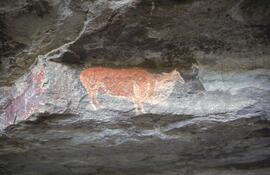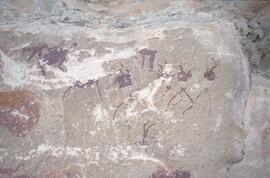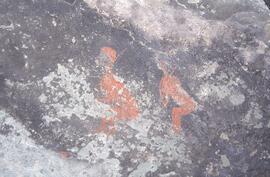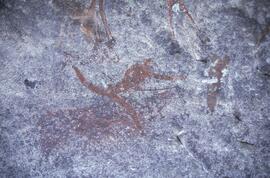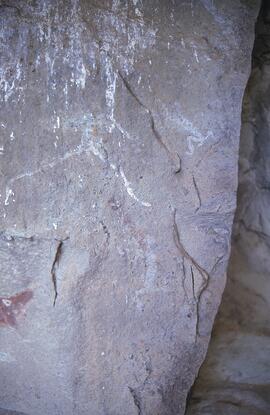ZA NASMUS NASMUS-NASMUS-RSA-ANG1-11.jpg
·
Item
·
18/10/2001
Part of National Museum
Elements area
Taxonomy
Code
Scope note(s)
Source note(s)
Display note(s)
Hierarchical terms
Ugie and Maclear
BT Maclear
Ugie and Maclear
- NT Angora I 117
- NT Angora II 117
- NT Angora III 117
- NT Angora IV 117
- NT Chillingly I
- NT Craigmore I
- NT Craigmore II
- NT Craigmore III
- NT Craigmore IV
- NT Craigmore V
- NT Craigmore VI
- NT Craigmore VII
- NT Deep Valley I
- NT Forest Reserve I 191
- NT Forest Reserve II 191
- NT Forest Reserve III 191
- NT Forest Reserve IV 191
- NT Glen Benno I
- NT Grove I 199
- NT Grove II 199
- NT Lancelot I
- NT Rockwater I
- NT Rockwater II
- NT Shamrock I
- NT Shamrock II
- NT Shamrock III
- NT Shamrock IV


